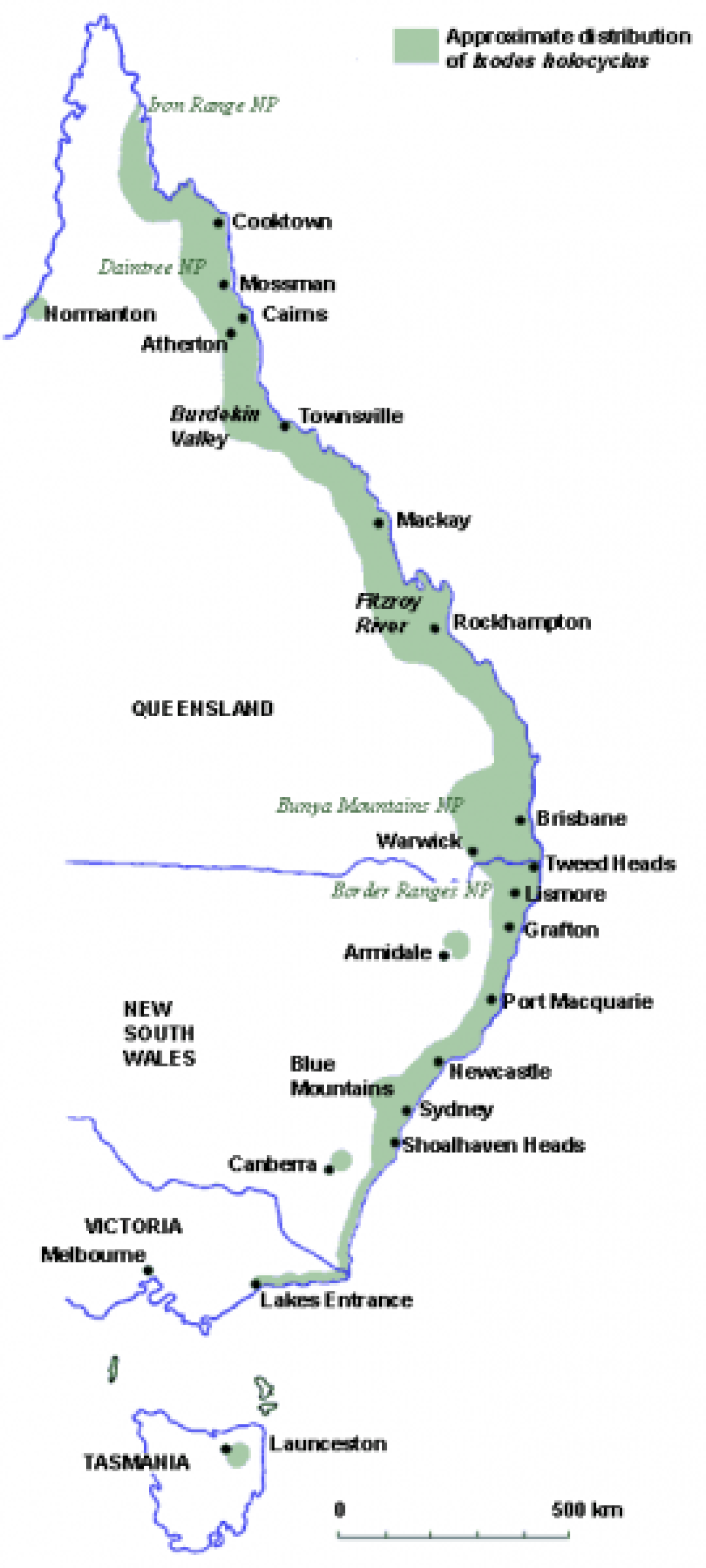Paralysis Tick

With holidays almost upon us, it is important to check if you will be travelling to a high-risk tick area and require tick prevention treatment.
The paralysis tick (Ixodes holocyclus) is a dangerous parasite that affects both humans and pets along the east coast of Australia. In humans, it causes a severe local skin irritation. In pets it can cause paralysis, vomiting, breathing difficulty and death.
The Eastern paralysis tick are travelling to Melbourne by hitching a ride on pets, people or belongings that have visited these infested areas. Ticks are known as “deadly, blood-sucking critters” which is an ideal description. They like to live in bushy, native terrain and long grass.
Tick paralysis can be caused by the bite of just one tick and results in the animal losing control of their back legs, experiencing laboured breathing, vomiting and paralysis that spreads to involve their whole body. If signs of tick paralysis are seen, it is important to seek veterinary help immediately.
Treatment of these signs is expensive and risky, which is why tick prevention is so important. We need to check our pets for ticks on a daily basis during high-risk periods. Ticks cause irritation where they attach, so feel for lumps around the head and neck and especially in hidden places under the tail, between the toes and in the ears.
Symptoms develop gradually and include:
- Unsteadiness or paralysis of the hind legs
- Laboured breathing
- Change in bark or loss of voice
- Drooling
- Vomiting
- Complete paralysis
Prior to travelling to an infected area, tick prevention should be given 2 weeks before leaving home and every two weeks while away. It is important to continue daily searches of your pet while away and for at least one week after your return.
Paralysis ticks spend a significant part of their lifecycle in the environment and can easily be brought onto your property by wildlife or can survive for a period in camping equipment.
If you do find a tick on your pet, it can be life threatening. Remove the tick as soon as possible by either using a tick removal device or tweezer to avoid squeezing the tick’s body. After you remove the tick, make sure to keep it and bring it in for identification and seek veterinary attention immediately.
-Tick season in Australia is September until April
-There are 70 different species of ticks in Australia
-The mouth parts of ticks resemble a barbed sword and jab through the hosts skin
-Ticks inject saliva, which contains toxin, into their host when they feed
We have attached a map to better explain the prevalent tick areas. We recommend all dogs travelling to these areas use a product like Advantix for protection along with owner compliance



